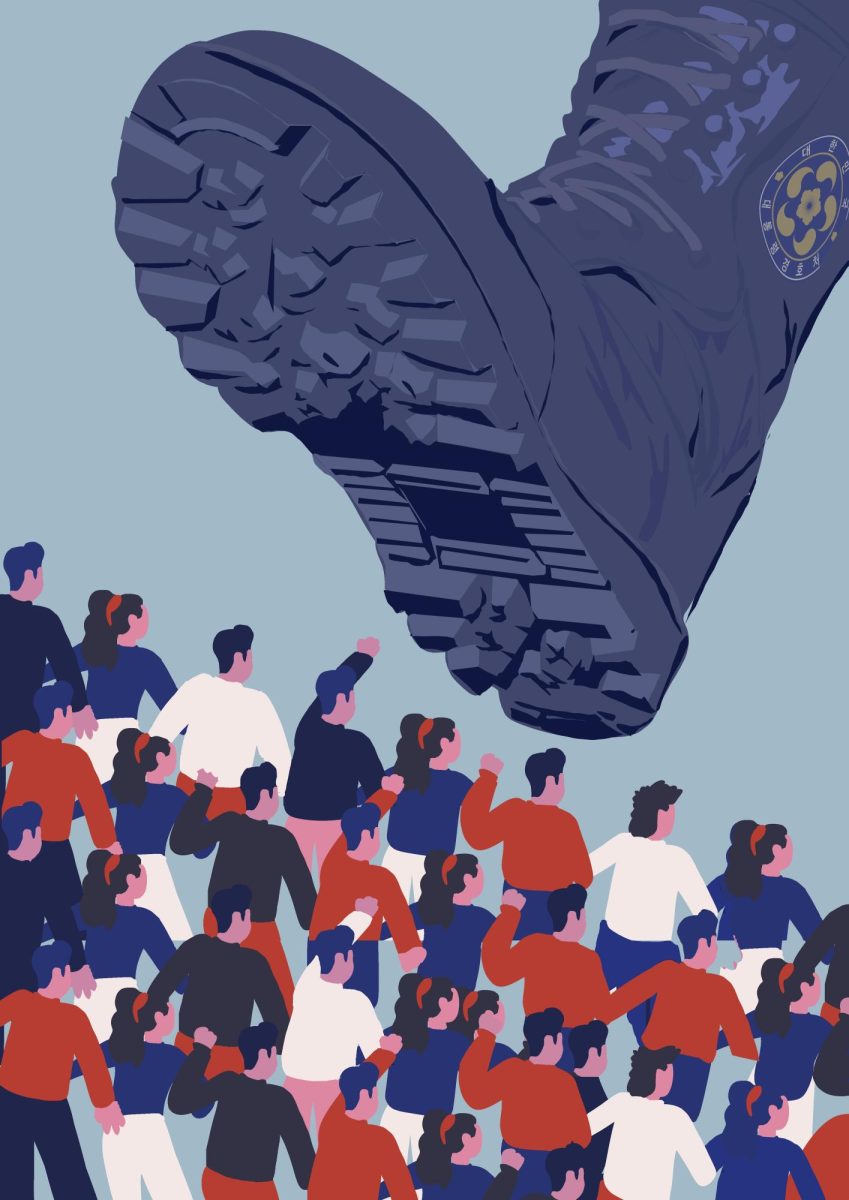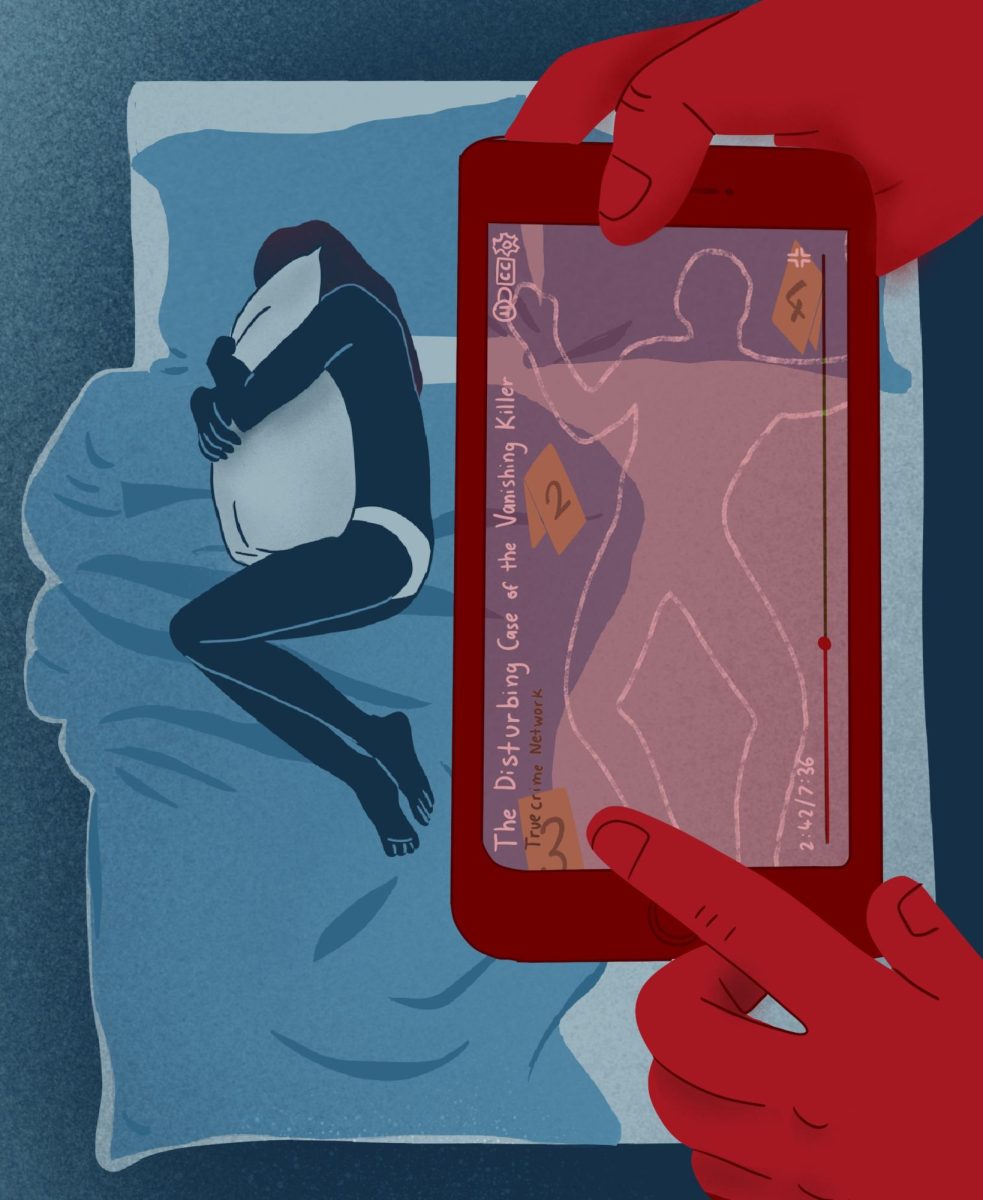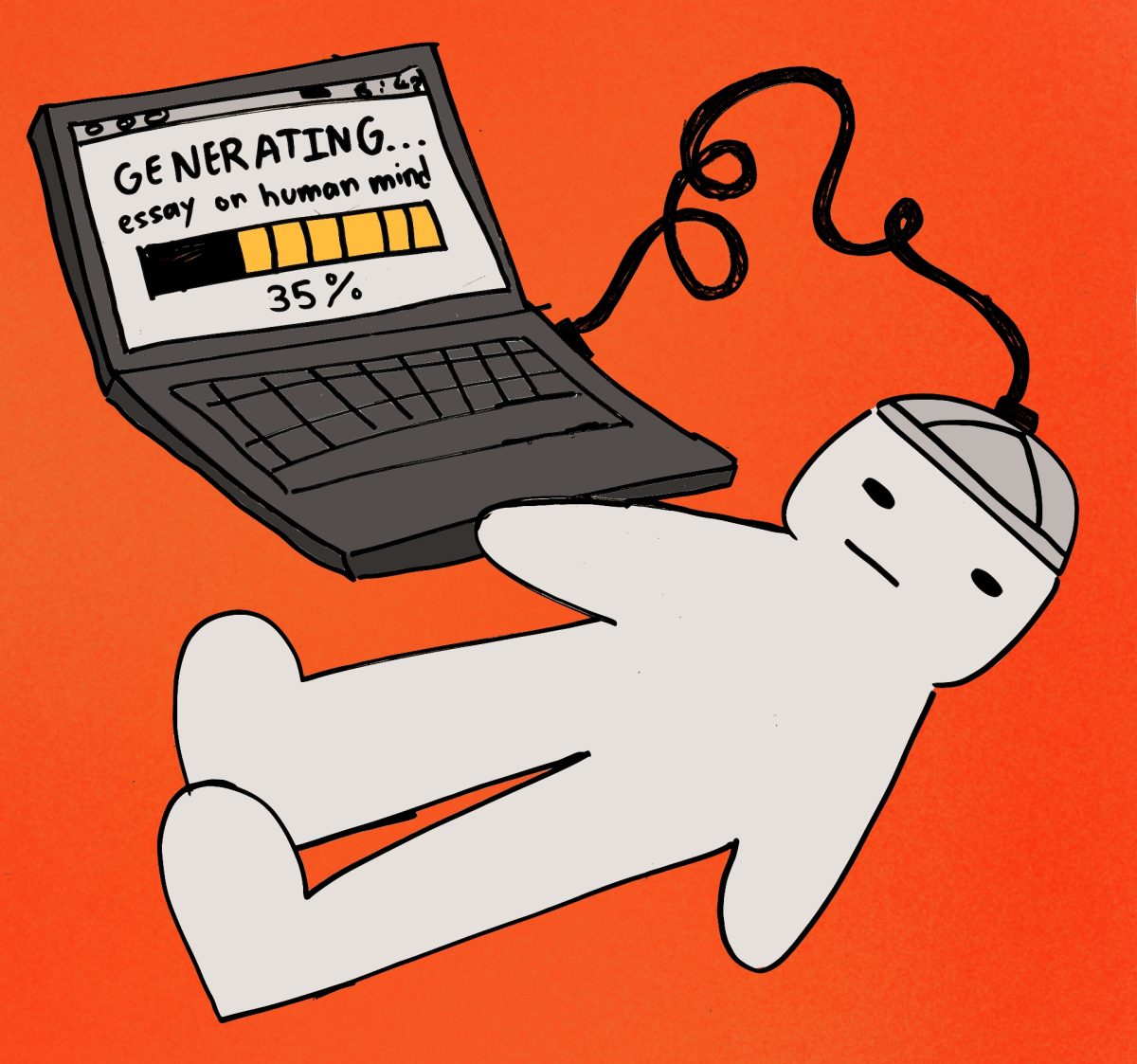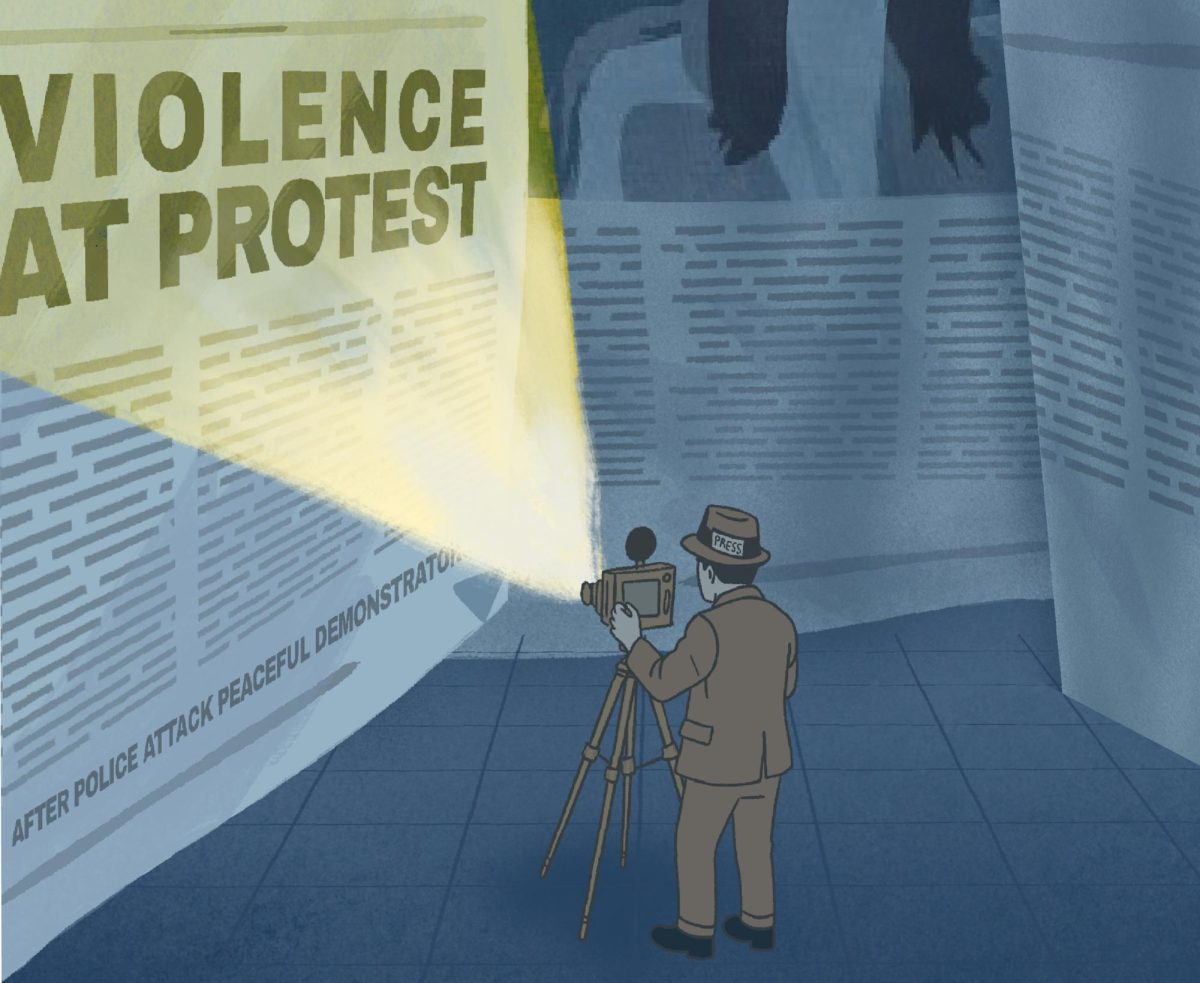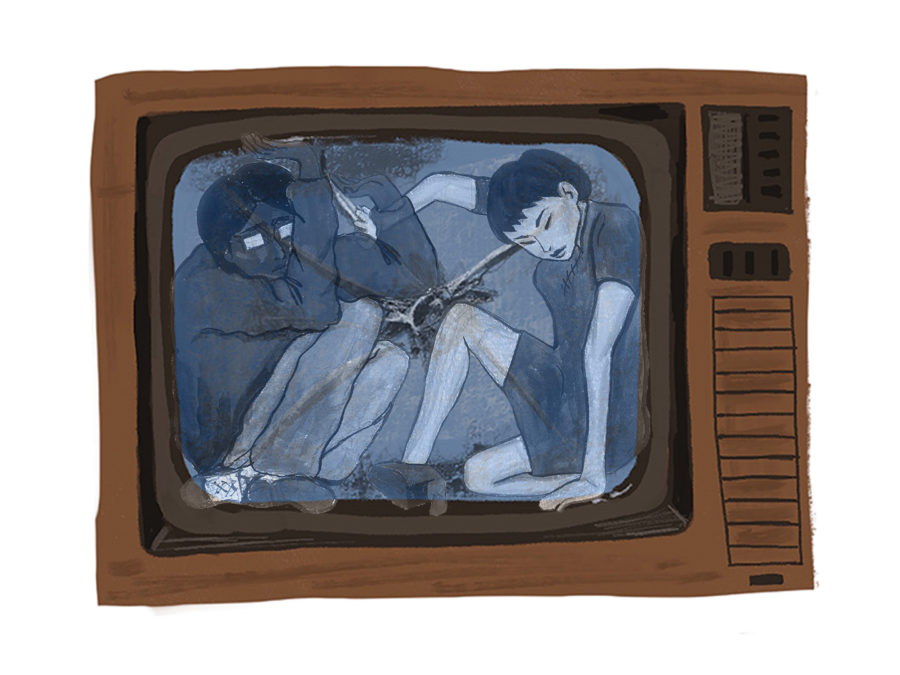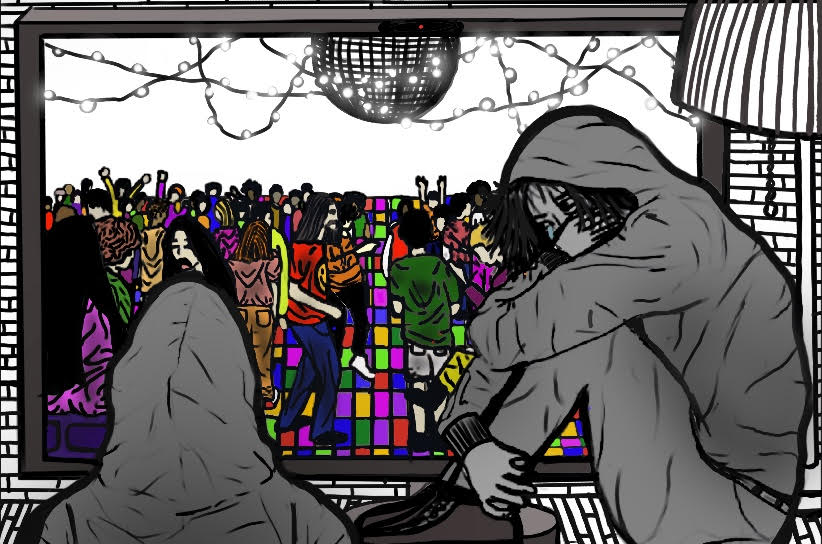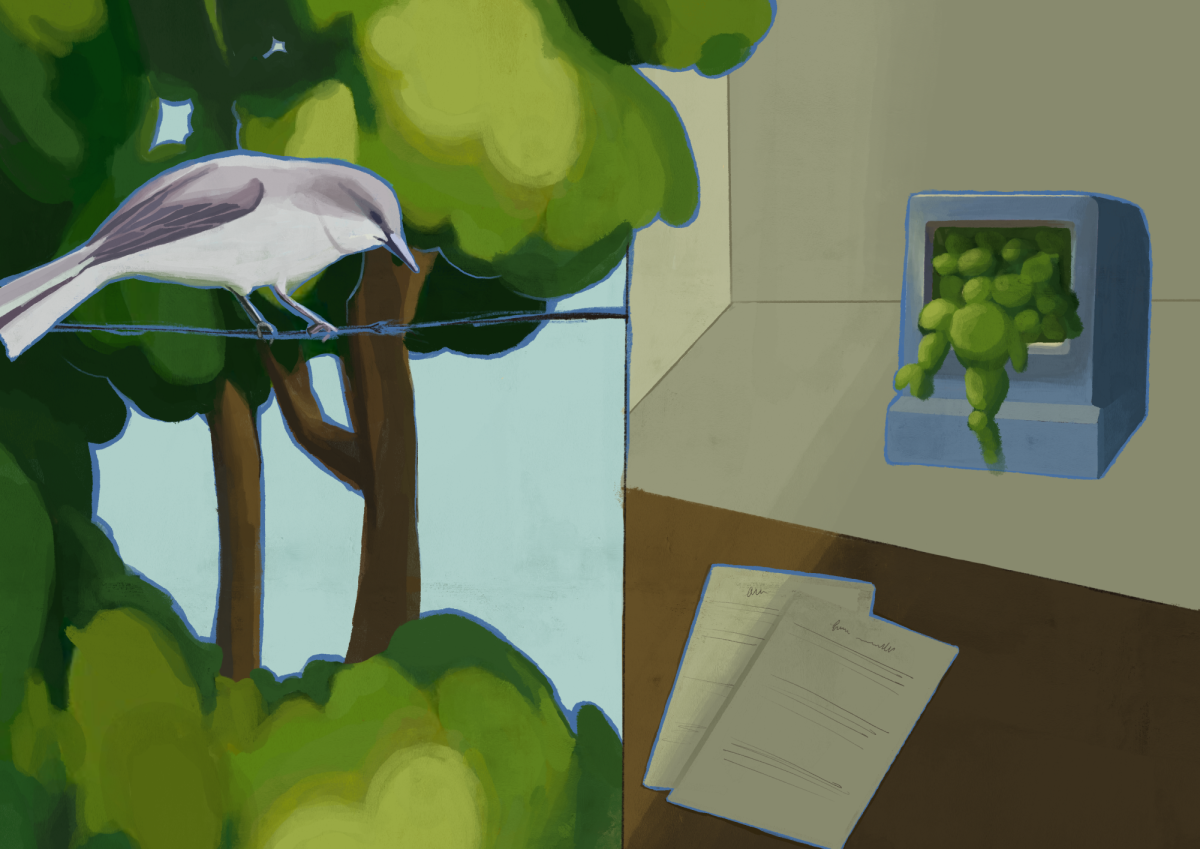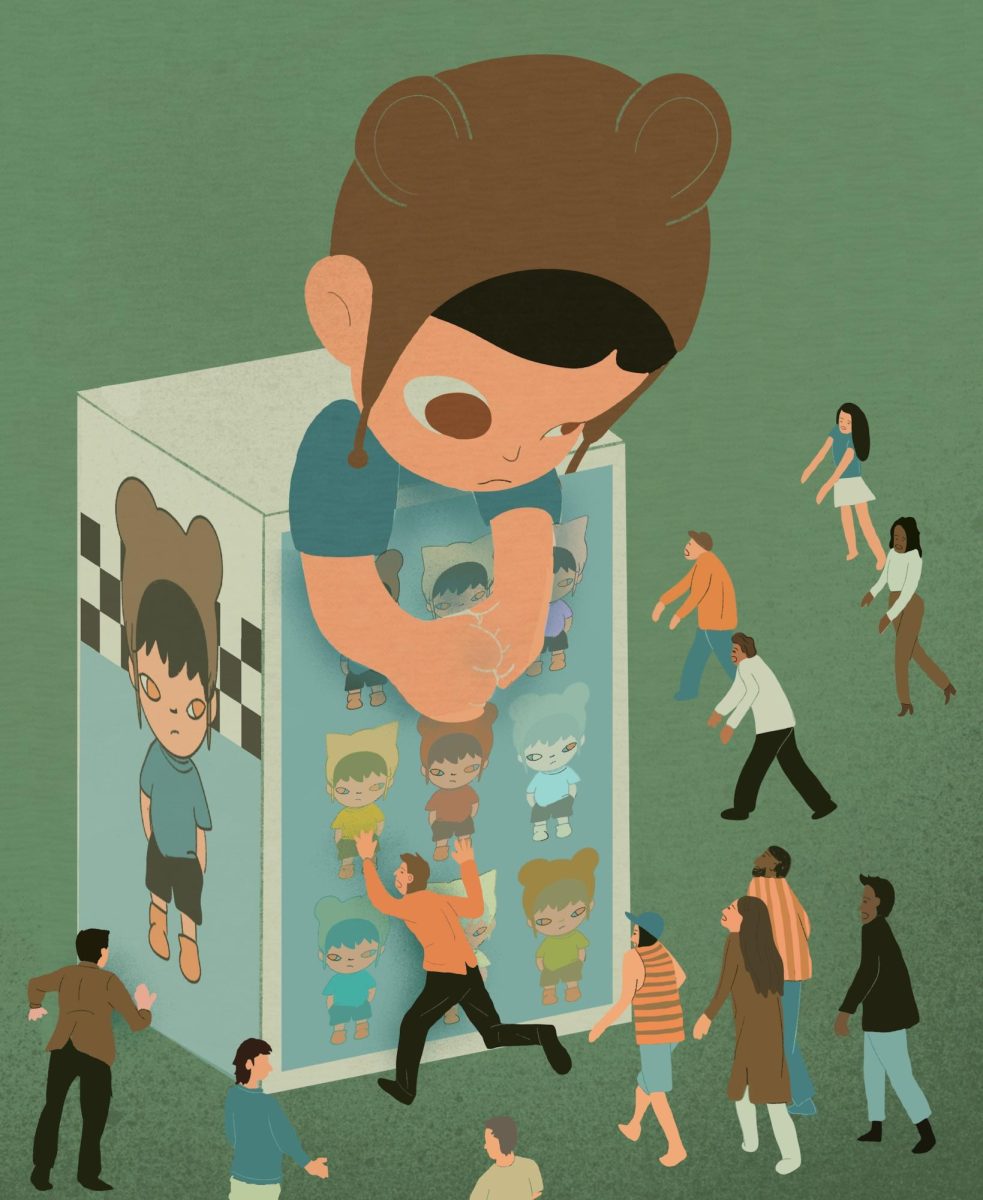TikTok is home to thousands of ‘outfit-of-the-day’ videos, through which fashion trends are introduced and aesthetics are spread. Faux fur shoulder bags, cow print, and clay rings were once the season’s staple accessory; however, they lasted much shorter than the traditional fashion seasons of spring, summer, fall, and winter. Social media has made spreading trends globally easier, and it is even estimated that we encounter 52 micro seasons annually. Buying into fashion fads has been more accessible than ever with online shopping. But as the trends increase, purchasing them comes with a hidden cost for its workers.
Fashion is one of the most profitable industries worldwide. However, it is estimated that only 2% of workers earn living wages which support their basic necessities, such as food, healthcare, and education. This means that 98% of workers earn minimum wage or less. Living wages grant workers a decent standard of living, whilst minimum wages are the legal requirement of an hourly wage. Hence, a great majority of those in the workforce are living below the poverty line.
To keep up with the ‘52 micro seasons’ trend cycle, large retailers often produce their clothing in developing countries as labor costs are cheaper and laws are looser. The cost of living in a developing country is also far more affordable than that of a developed country, meaning that brands can get away with paying lower wages. Lowering production costs increases profit for both the garment companies and the factory.
According to the International Labor Organisation, Indonesia accounts for 2.4% of the global market share in the fashion industry–employing 5.2 million employees as of 2022. With so much demand, fashion companies have relied on cheap labor to lower production costs and increase profit. Prioritizing profit over the wellbeing of garment workers exploits the textile industry and its workers.
Indonesian labor law restricts working hours to eight hours a day for a five-day workweek and states that employers must provide overtime pay and adequate rest times.
As simple as they may seem, these rights are not guaranteed.
An Indonesian factory employee, Choli, aged 22, told news outlet New Mandela that she “works nine to ten hours a day, with no [overtime] pay.” On top of that, her breaks are often sporadic, as they depend on production deadlines and demand. Increasing work hours by shortening or removing break times pushes production without additional costs. Thus, making balancing family, work, and social life challenging and nearly impossible for some.
Workers’ home environments do not offer them any rest either, as many of them must balance housework, children, and sometimes even a second job.
Microtrends are only fueling this issue as employees must keep up with the ever-increasing demand to stay in style.
There are many ways to restrain yourself from purchasing microtrends. Investing in basic clothes with your preferred cut or color ensures versatility as they could act as a base for many outfits. A well-fitted tee and good jeans pairs effortlessly with many pieces. Finding your personal style also deters you from purchasing microtrends. Knowing your preferred silhouettes, textures, colors, and even patterns will make you less inclined to impulsively purchase clothing solely because they are trending.
Fashion should be an outlet to freely express ourselves through our stylistic choices, and by being mindful of our purchases, it will be just that.

